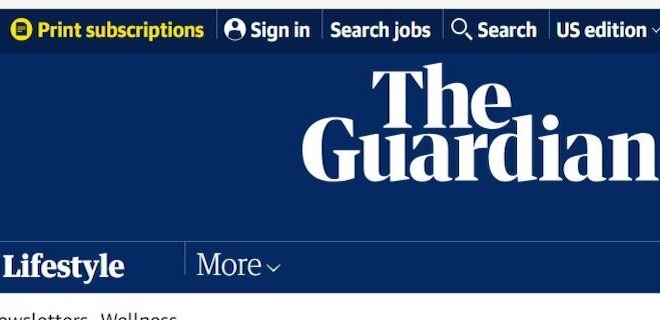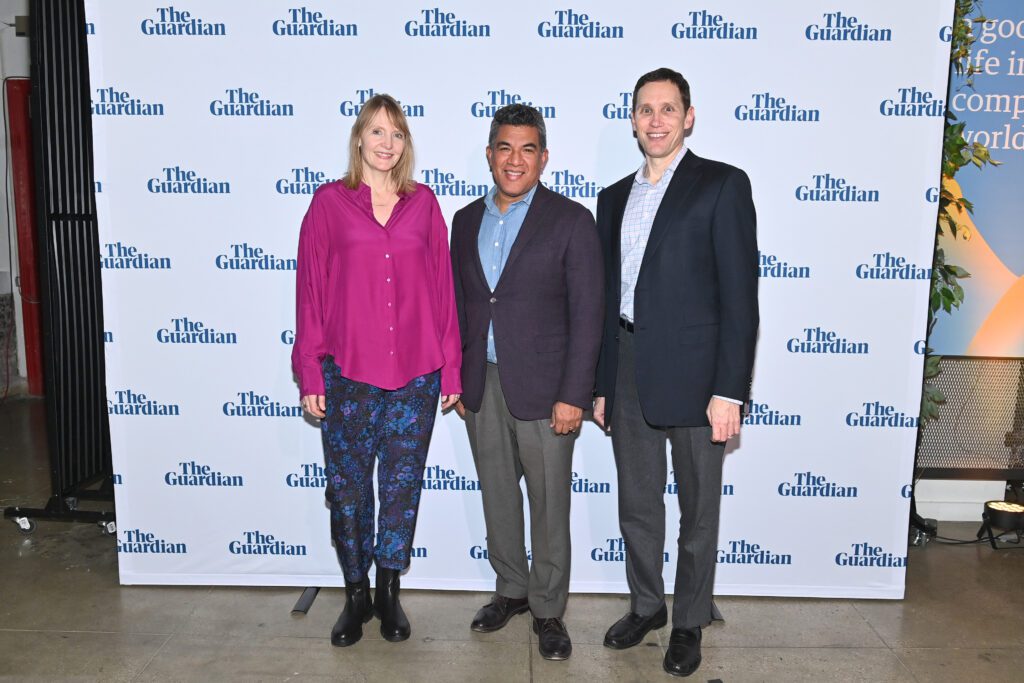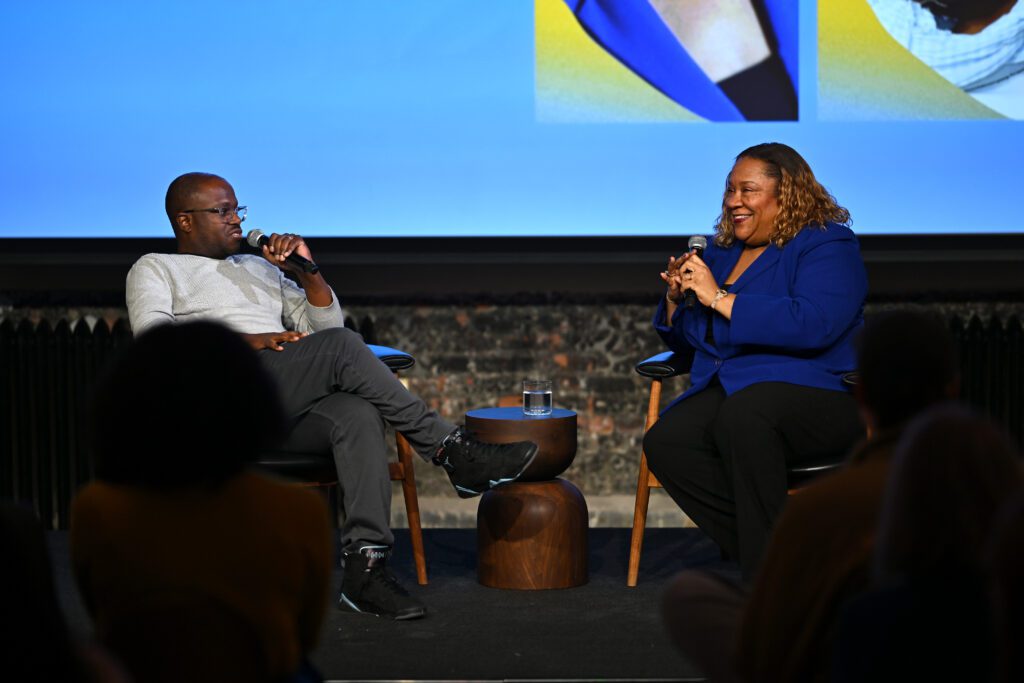
At the end of last year, The Guardian US launched a new health and wellness vertical, “Well Actually,” to provide practical advice, philosophical insights, and engaging narratives on various topics, from green living and mental health to food, sleep, and relationships.
I got to attend their launch event at the Neuehouse in NYC. Alongside talks from their editors and columnists about beauty, parenting, and coming to terms with your gender identity, they decked the room with an aromatherapy station, tarot card readings, and a dance class. Most notably, they catered meals featuring insects curated by Chef Joseph Yoon of Brooklyn Bugs.
The health-conscious event showcased the full range of content featured in The Guardian US’s “Well Actually” vertical, which they launched after noticing high engagement with their wellness articles. Luis Romero, SVP, Head of Sales North America, The Guardian US, and PubForum Austin Keynote, noted that the editorial team understood the needs of their audience.
“We realized there was an opportunity to cover health and wellness through our uniquely Guardian US lens: what is good for you should also benefit your family, community, and the planet,” said Romero. “We want Well Actually to be the antidote to perfection-obsessed, elite wellness coverage. Since December, when the US launched, the Well Actually section has drawn more than 10 million global pageviews.”
Well Actually, It’s All About Understanding the Consumer
According to Steve Sachs, Managing Director of The Guardian US, audiences are significantly altering how they engage with news, including hard news and lifestyle content such as wellness, food, and sports. These shifts have been ongoing for years and show no signs of slowing down. Companies must adapt to these changes in audience behavior.
In 2020, there was a significant surge in new website activity due to heightened focus on current events. The Guardian attracted a sizable audience in the US, with a growth of about 4% since 2019. While overall traffic to news sites has decreased post-COVID spikes, The Guardian’s US audience has remained strong, reaching approximately 40 million readers monthly, according to comScore.
While overall traffic to news sites has decreased post-COVID spikes, The Guardian's US audience has remained strong, reaching approximately 40 million readers monthly, according to comScore.
“This places us ahead of prominent publications like The Wall Street Journal and USA Today and nearing the size of the Washington Post in the US,” said Sachs. “Our success reflects a shift in news consumption habits over the past five years, with people diversifying their sources beyond direct site visits, partly due to changes in social media and other platforms.”
Well Actually, The Guardian US Retains Its Audience With Content Diversification
The Guardian aims to increase engagement with its existing audience rather than focus on growing its audience size further. To do this, Sachs asserts they are broadening their content offerings in the US to provide more reasons for readers to visit frequently. This includes expanding into new areas like investigative journalism with their latest US investigations team. It also involves increasing lifestyle coverage through sections like “Well Actually” and US Soccer coverage.
The goal is to turn more readers into supporters and donors by giving them more content to engage with regularly from The Guardian. Initiatives, like the popular “Reclaim Your Brain” newsletter, show that diversifying content is successfully increasing readership frequencies and opening new revenue streams.
“We’ve launched three new newsletters in the past year – Soccer with Jonathan Wilson, Trump on Trial, and Reclaim Your Brain,” said Romero. “The “Reclaim Your Brain” newsletter is free once a week for six weeks, starting from whenever they sign up. Since its launch in January, it has earned more than 3M pageviews and has more than 72,000 signups, making it the fastest-growing newsletter The Guardian has ever had. All the newsletters are opportunities to drive reader revenue and partner with like-minded ad sponsors.”
Well Actually, the Current Era Is Tough, but There Are Solutions
The Guardian US’s model differs slightly from other publishers as it incorporates reader revenue driven by voluntary contributions and advertising. Sachs said, “Popular topics like ‘Reclaim Your Brand’ are gaining traction, and we encourage readers to contribute through our newsletters. We’re also reaching out to new advertisers, especially those in health, fitness, and food industries, due to the alignment of our editorial content with their target audience.”
The Guardian’s tagline is “open to all, funded by many, and beholden to no one.” That branding is very attractive to readers, especially for journalism without a paywall. Amid a tough market, The Guardian US’s mixed revenue stream business model of part ads, part reader, and part philanthropic donations is helping them weather the very rough storm news publishers are experiencing.
“Consider diversifying revenue streams. We need news outlets to survive and be business-healthy to continue publishing quality journalism for Americans,” said Romero. “My other advice would be to adapt and try new ad sales strategies. We’ve built a Guardian US ad sales team that is a true partner to our advertisers, but we’re constantly thinking about what partners need from us. Our direct and programmatic reps and in-house marketing team, which includes event, creative, research, and public relations expertise, are a gold standard within our competitive set.”



